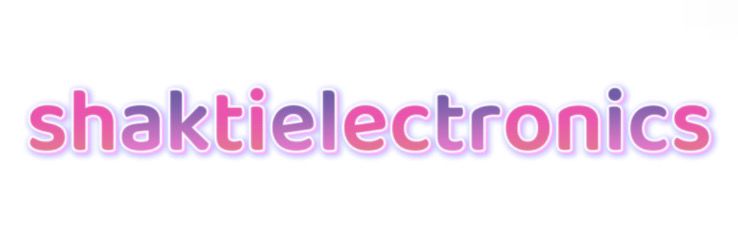Why Are LED Street Lights Becoming the Global Standard for Outdoor Lighting?
May. 09, 2025
As global urbanization accelerates, cities are under increasing pressure to modernize their infrastructure without compromising the environment. In this pursuit of sustainability, lighting—specifically LED Street Lights—has emerged as a pivotal factor. But how exactly do LED street lights support the goals of sustainable urban development?
Energy Consumption: A Major Urban Challenge
Street lighting accounts for a significant portion of a city’s energy usage. Traditional street lights, like high-pressure sodium or mercury vapor lamps, are extremely energy-intensive and inefficient. They waste electricity by emitting excessive heat, require frequent maintenance, and contribute heavily to municipal energy bills.
Enter LED Street Lights—a modern, energy-efficient alternative that consumes up to 70% less power while delivering superior lighting performance.
Environmental Benefits of LED Street Lighting
Adopting LED street lights aligns directly with sustainability goals due to several critical advantages:
Lower Carbon Emissions: Reduced energy consumption translates into fewer fossil fuels burned at power plants, which helps cut greenhouse gas emissions.
Longer Lifespan: LEDs can last over 50,000 hours, reducing the frequency of replacements and the environmental impact associated with manufacturing and disposal.
No Harmful Substances: Unlike fluorescent or sodium-based lamps, LEDs are free from mercury and other toxic materials.
Better Light Direction: LED lights are more focused and directional, minimizing light pollution and conserving nocturnal ecosystems.
By incorporating these benefits, LED Lighting Solutions help cities transition toward greener, smarter living.
Economic Sustainability Through Cost Efficiency
Sustainable development isn’t just about ecology—it’s also about financial responsibility. LED lights represent a long-term investment that pays off in multiple ways:
Reduced Operating Costs: With lower electricity bills and fewer maintenance requirements, cities save millions annually.
Return on Investment: While the initial installation cost of LED systems may be higher, the ROI is swift—often within 2–3 years—making them highly attractive for municipal budgeting.
Additional reading:
best led panel lights for homeJob Creation: Implementing new lighting systems can stimulate local economies by creating opportunities in installation, monitoring, and maintenance sectors.
Smart City Integration and Sustainability
Another compelling reason to adopt LED technology is its compatibility with smart city platforms. Hongzhun Electric offers street lights equipped with smart control options such as motion sensors, automatic dimming, and real-time monitoring.
This enables cities to:
Dynamically adjust brightness based on activity
Detect outages instantly and respond faster
Collect data to further optimize urban planning and energy usage
When cities are able to adapt and respond intelligently to changing conditions, they become not only more efficient but more resilient as well.
Hongzhun Electric: A Leader in Sustainable Lighting
When choosing a lighting partner, quality and innovation matter. Hongzhun Electric specializes in designing LED Street Light systems that meet modern efficiency standards and are ready for future upgrades. Their full suite of LED Lighting Solutions includes solar-compatible options and environmentally friendly designs for urban, rural, and industrial applications.
Conclusion: Lighting the Way Forward
Sustainable urban development is not a distant dream—it’s a necessary direction. Upgrading to LED Street Lights is one of the simplest yet most impactful steps a city can take to meet environmental and economic goals. By choosing forward-thinking manufacturers like Hongzhun Electric, municipalities can lead by example, showing that progress and responsibility can go hand in hand.
207
0
0
Previous: None
Next: None



Comments
All Comments (0)